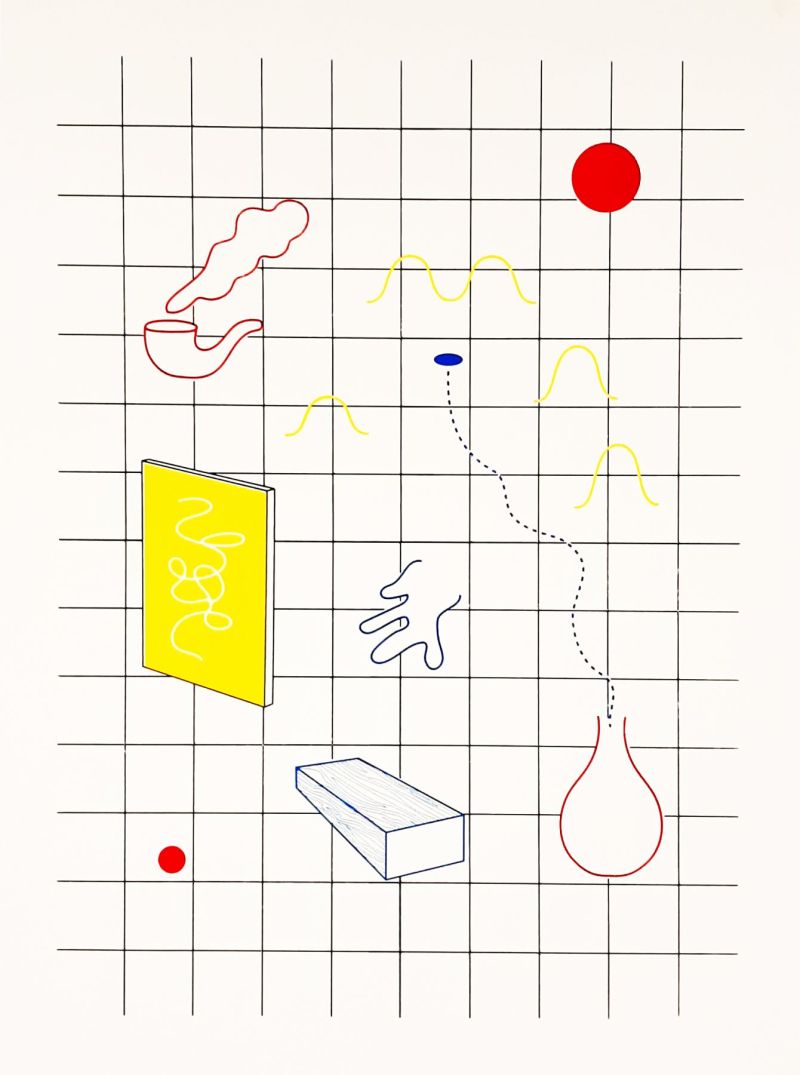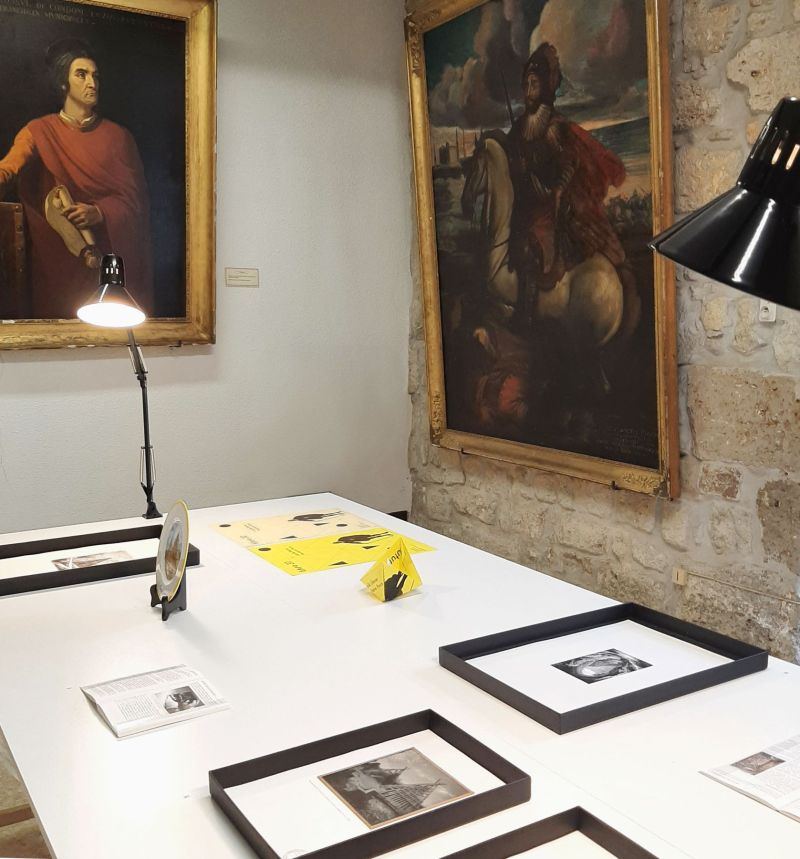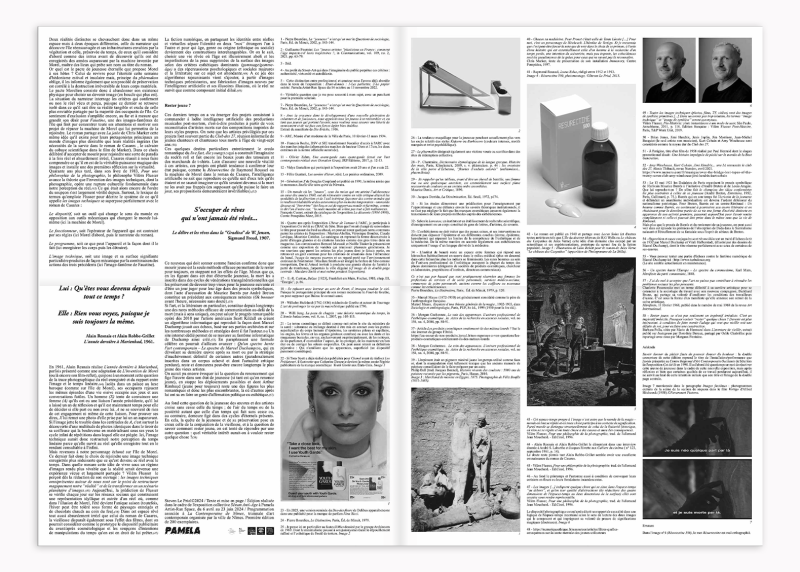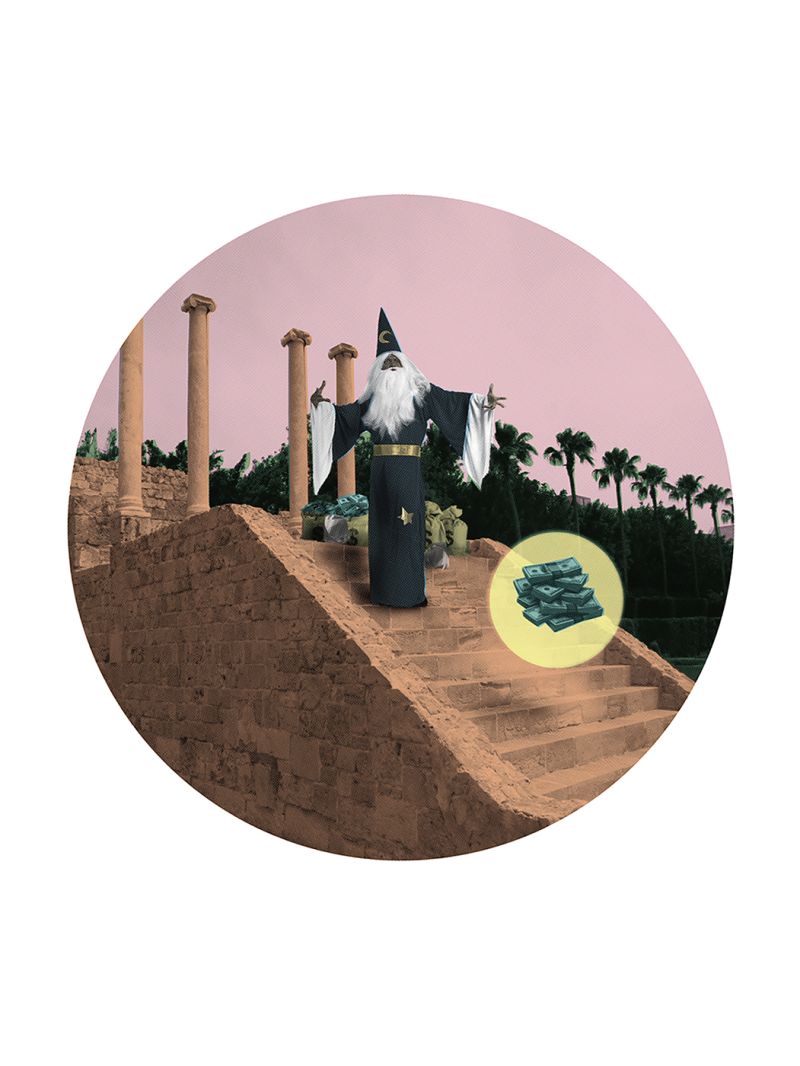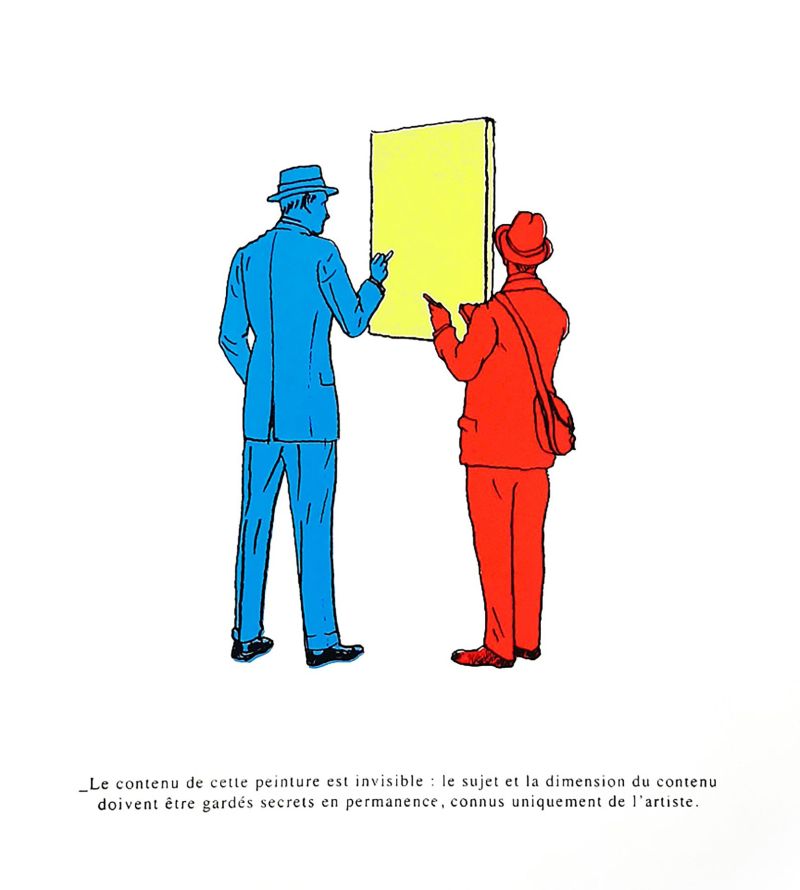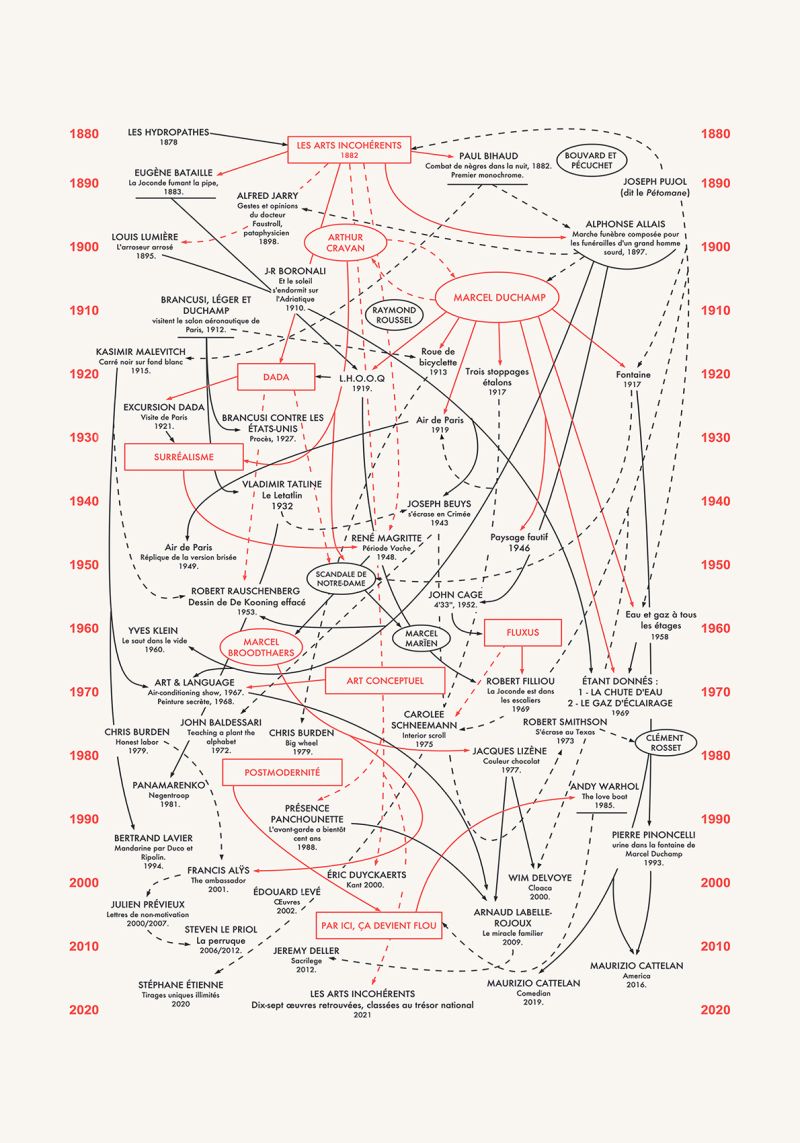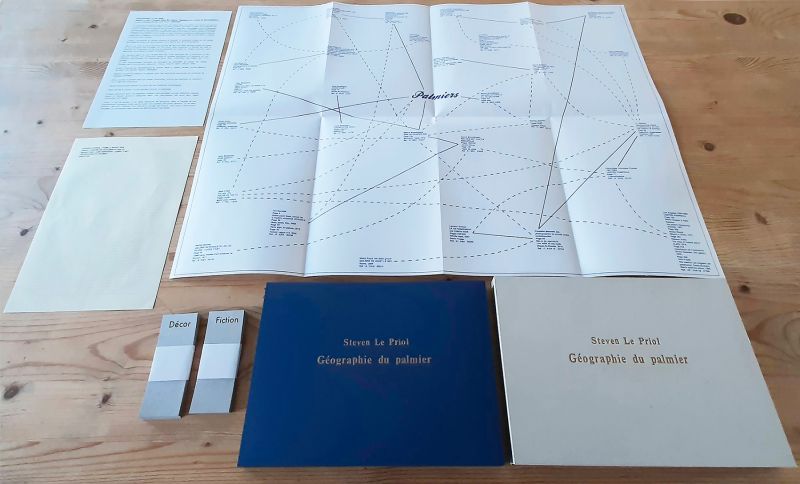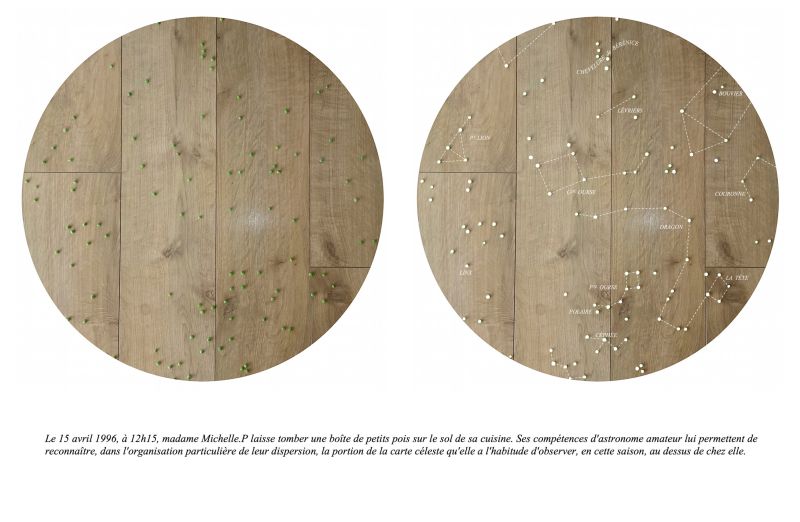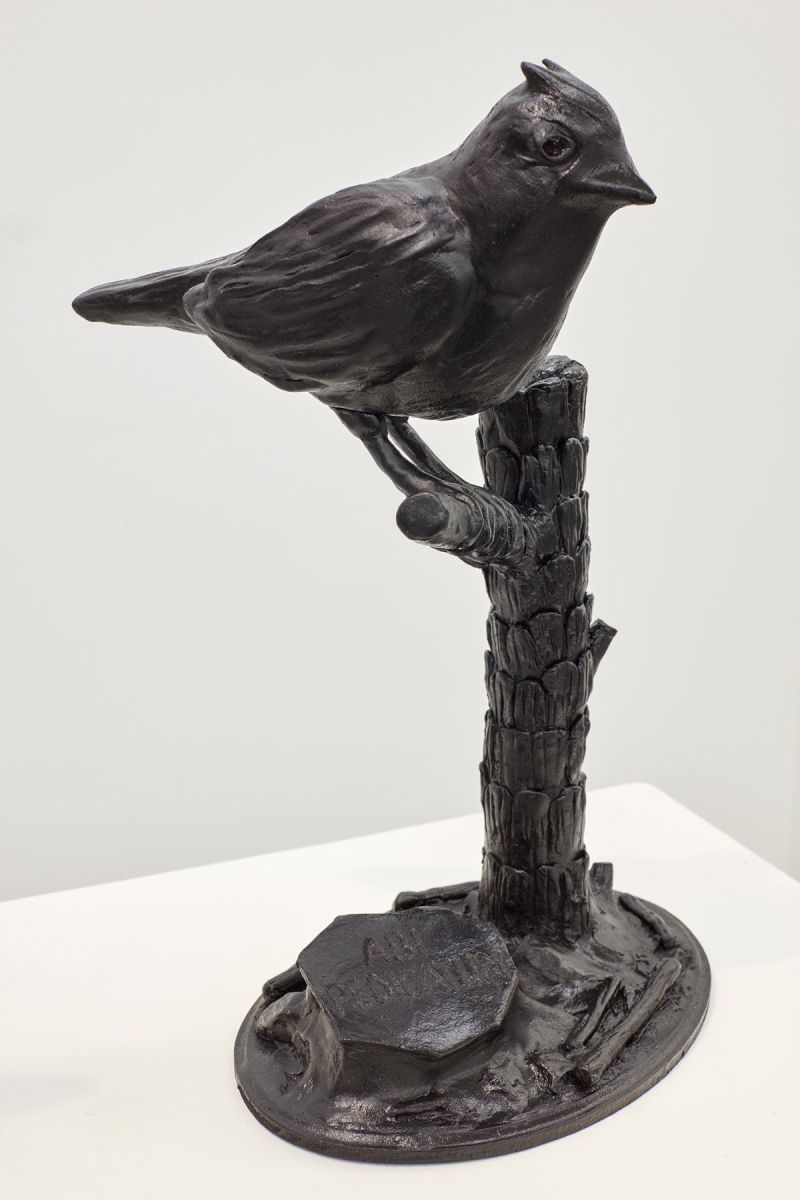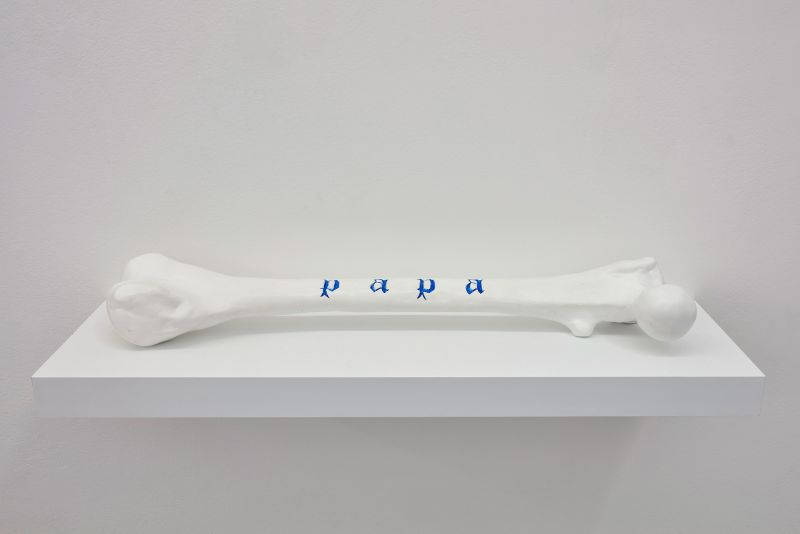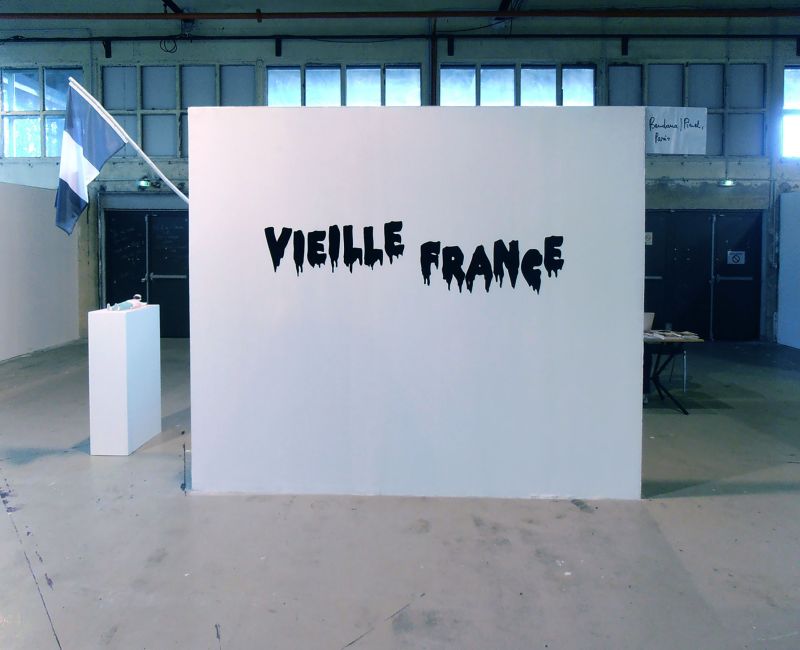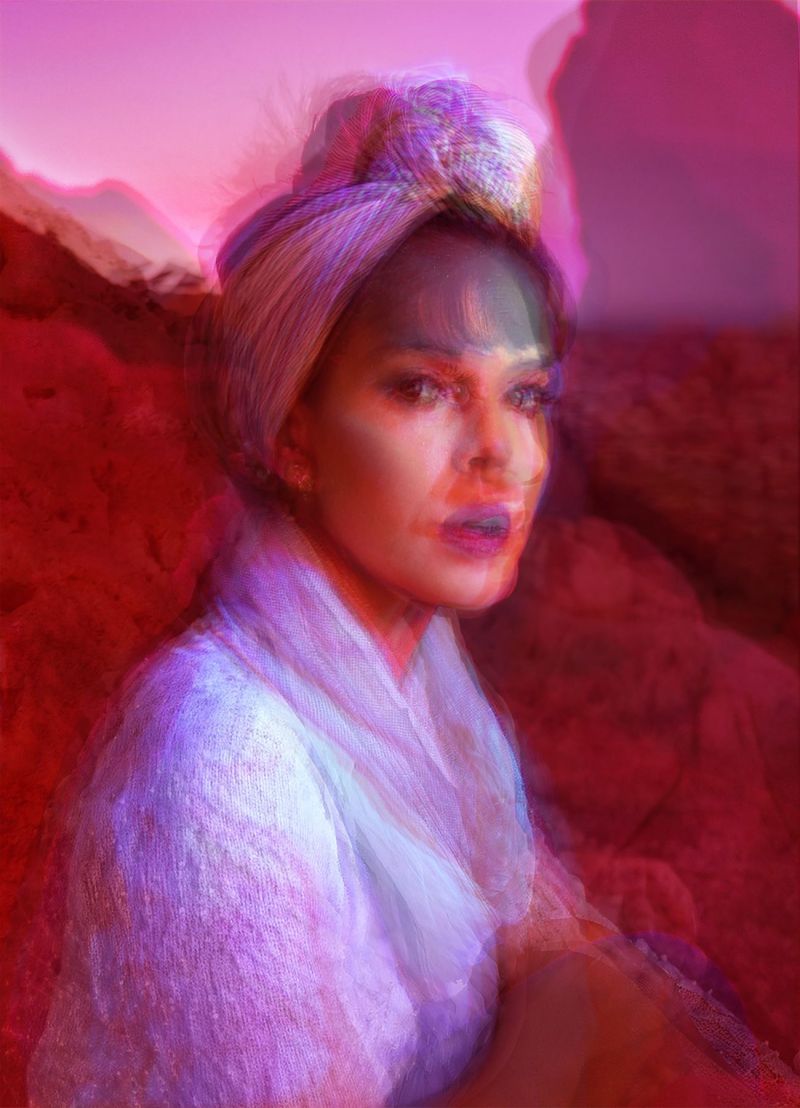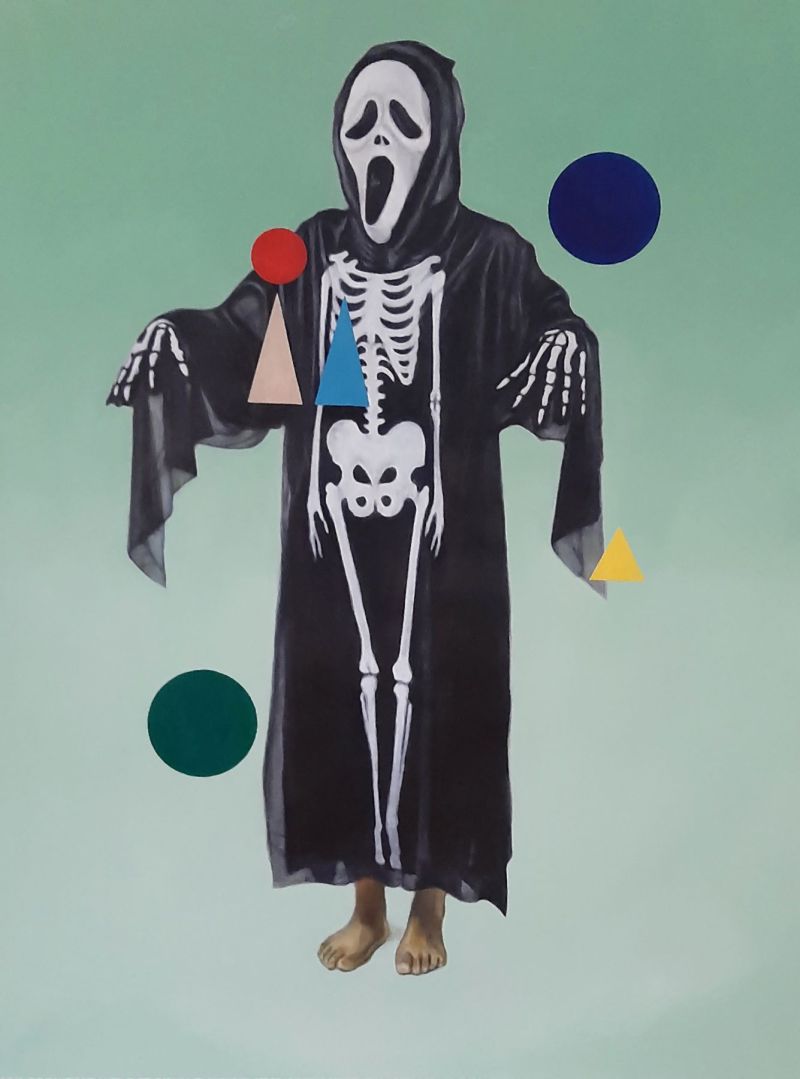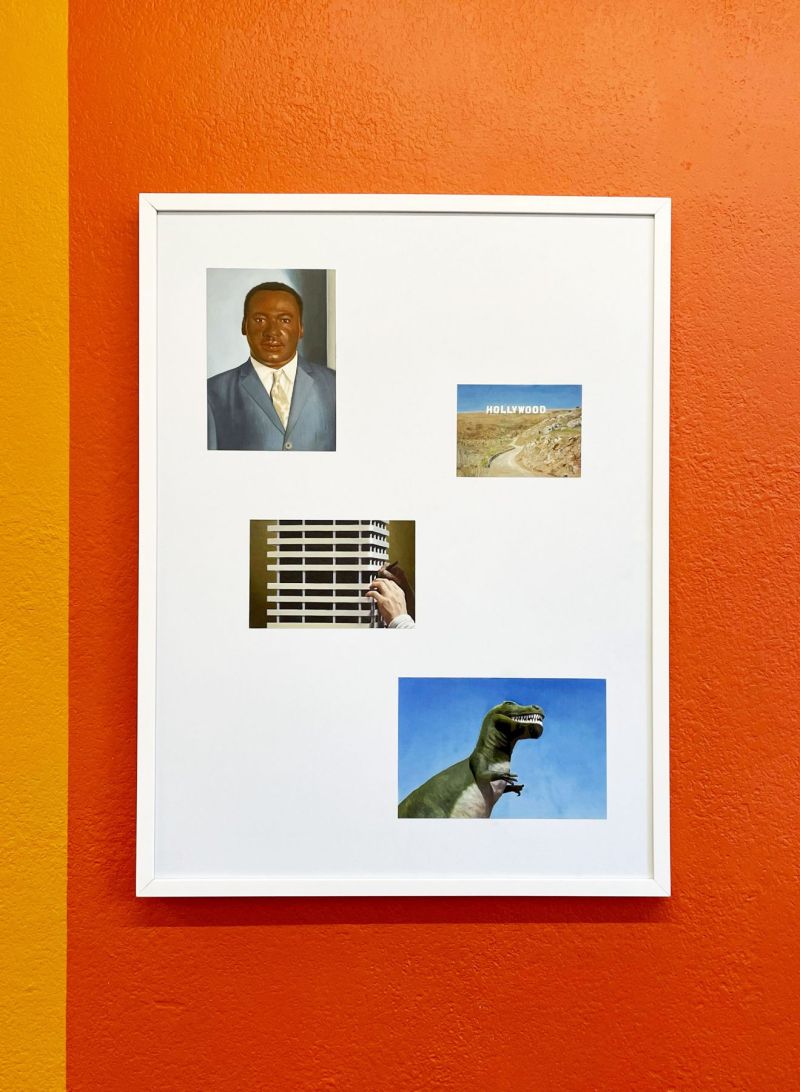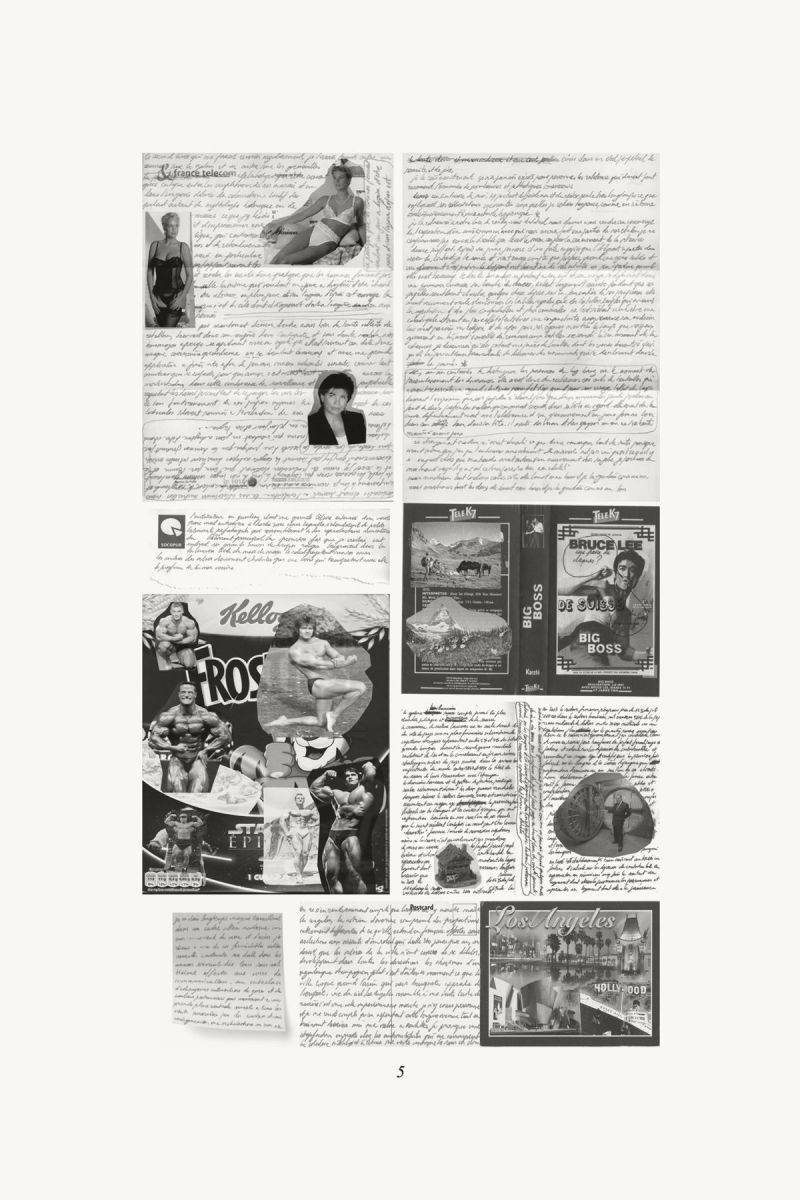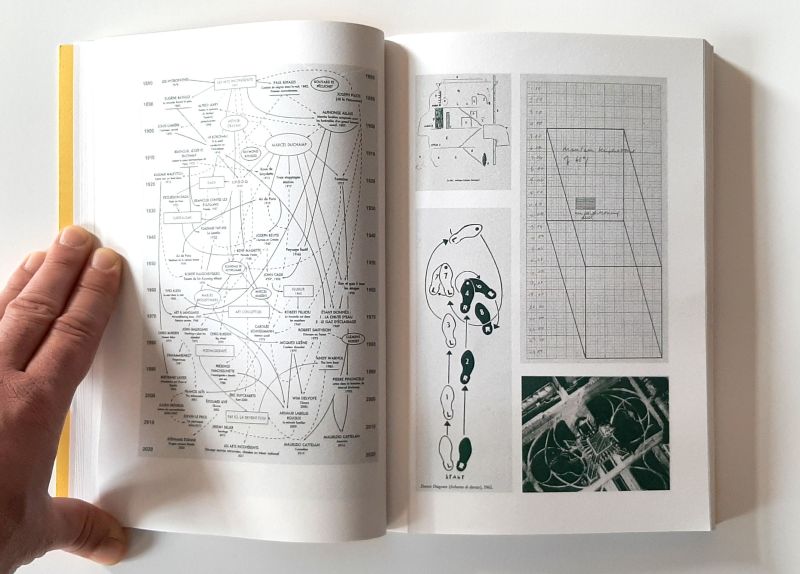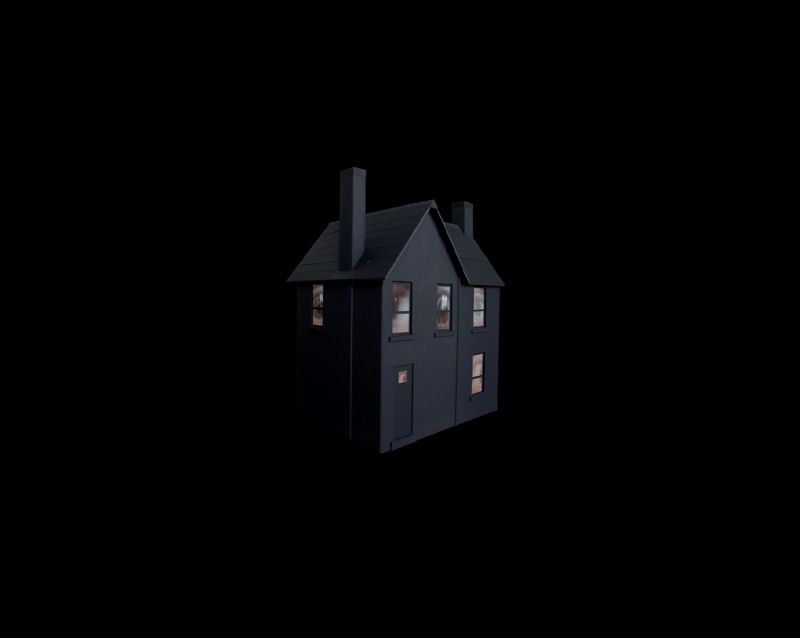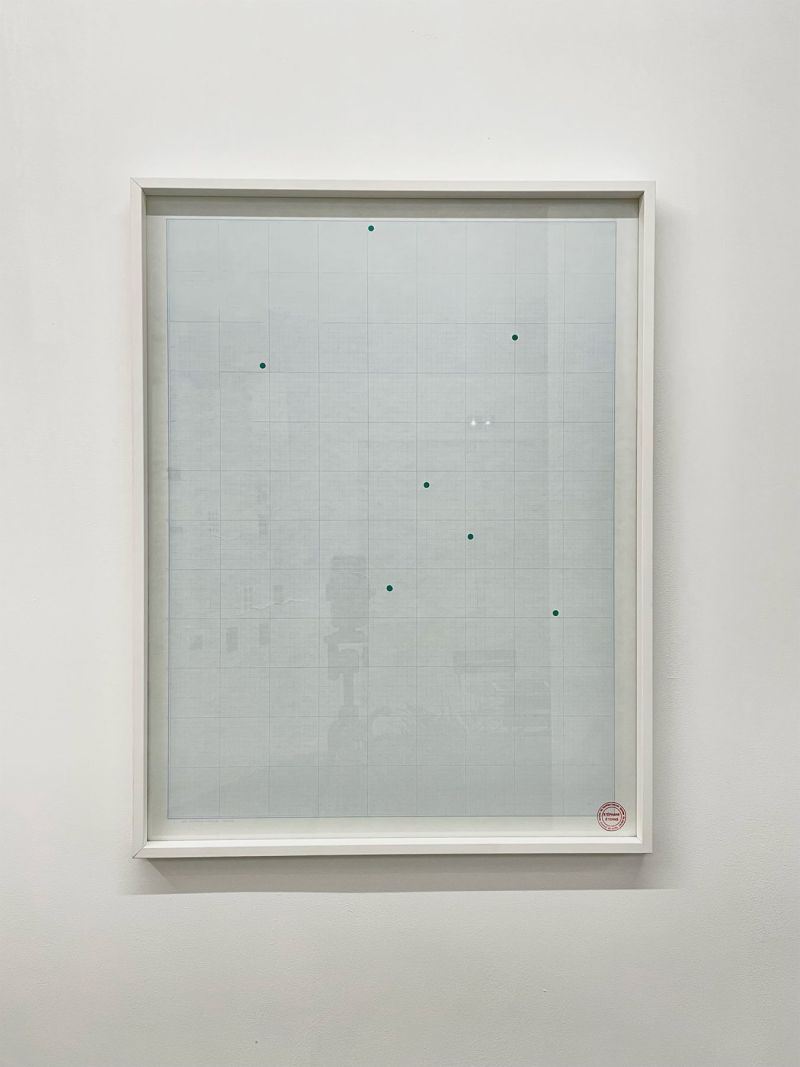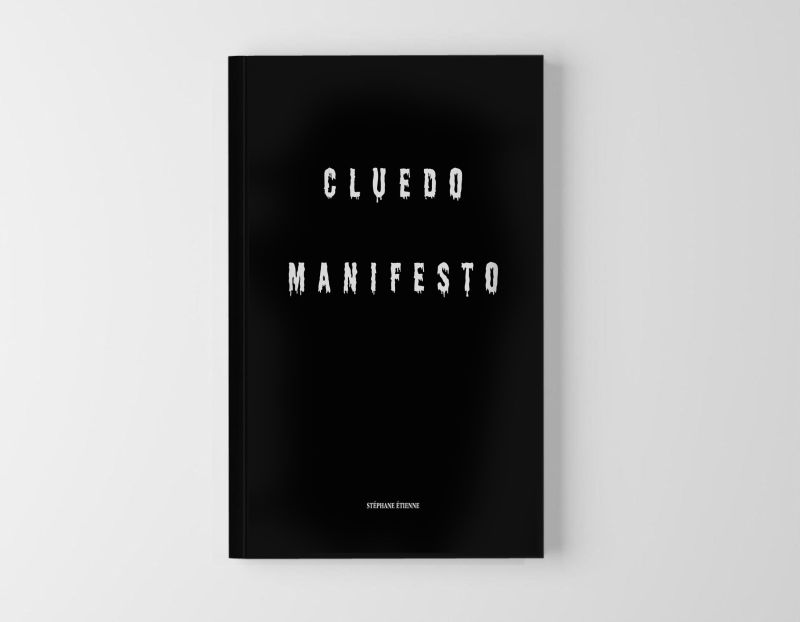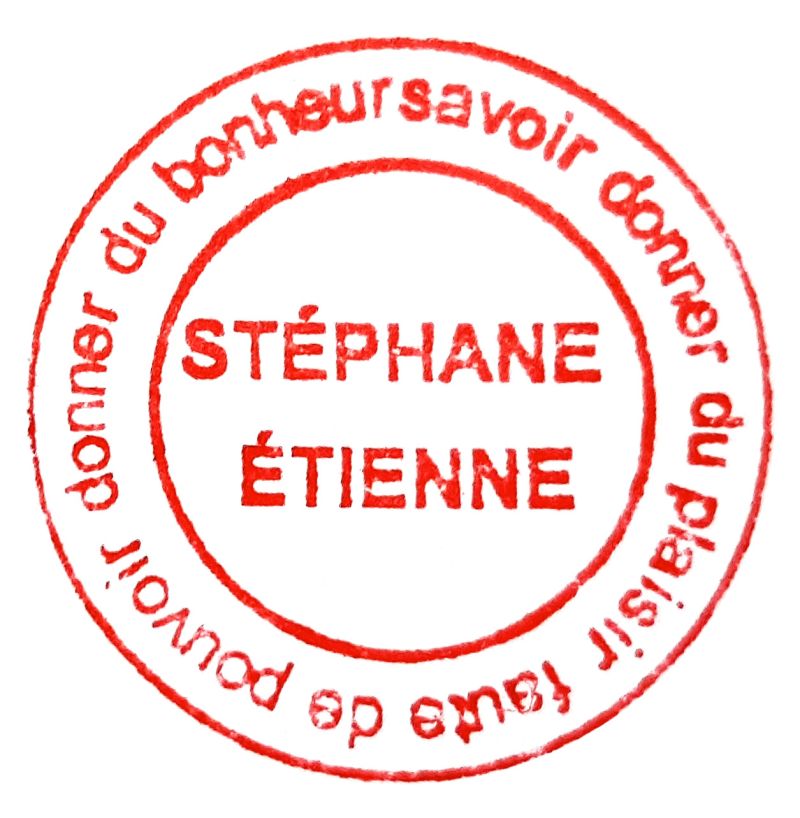Steven Le Priol’s work explores the notions of reminiscence, uncertainty and false pretences through works in which the surface (…)
Histoire-Géographie (History and Geography)
History, understood here in the broad sense and associated with geography and its representations, seeks both to appropriate the major dominant narratives in history and art history and to shed light on neglected (or added) elements (see Revenants). Thus, history remains here as a backdrop, an initial reference landscape that emerges more or less clearly depending on the context in which it unfolds. Based on a body of research conducted around this question and a long and regular collection of documents, a sum of reinterpretations of these sources, preserved or not to varying degrees (fake antiques, misappropriated or falsified documents, subjective diagrams, etc.), is presented.
Revenants (Ghosts)
Here, the ghost is less to be understood as a spectral manifestation than as an experience of haunting (through reminiscences and formal correspondences, as in Aby Warburg’s work, in an ambiguity maintained between original and copy, or in shifts in meaning between the image and its caption).
In a handwritten note, Gustave Flaubert suggested that the character Homais in his novel Madame Bovary understands, in a moment of hallucination, that he is only a character in a novel. Vinteuil’s Sonata in Marcel Proust’s novels is another example of this porosity between fiction and reality, evoking a musical work that does not exist (nor does its author, named Vinteuil). This interweaving of reality and fiction (and vice versa) is naturally understood in literature and cinema, two almost exclusively narrative forms, whereas the visual arts often remain linked to the notion of the author’s authenticity through a singularity of gesture or signature that verifies it. Here, based on authentic documentary sources and fictional elements, a narrative is constructed, augmented by fictional characters who act as revenants (in the sense of the same but different) in a narrative of art history, where they slip in like missing links, shells in the text of history (to quote Philippe Thomas). Based on this preliminary work, intertwined narrative and visual forms are constructed, combining notes, photographic documents, texts and works organised and brought together in exhibitions or publications. Les Revenants operate on the edge of forgery, filling the gaps left vacant by the historical narrative with works constructed on processes. This preliminary work forms the basis for intertwined narrative and visual forms, combining notes, photographic documents, texts and works organised and brought together in exhibitions or publications. Les Revenants operate on the fringes of forgery, filling in the gaps left by historical narratives with works based on processes and supported by a critical corpus, in which texts and biographies trace a hypothetical set of correlations and interactions between themselves, but also with existing or past artists.


